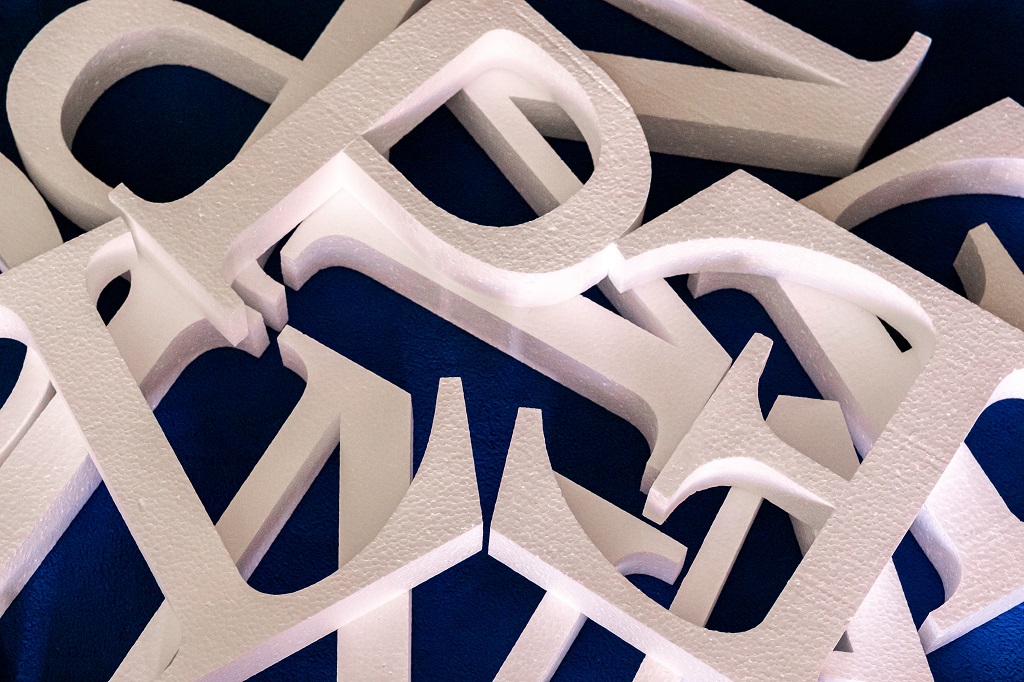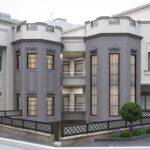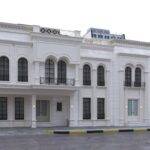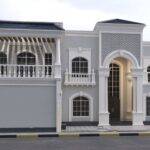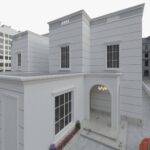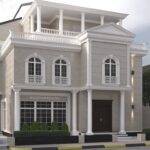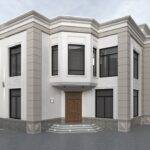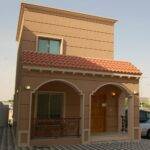Description
EPS Stages
EPS or foam stages are structures made from expanded polystyrene, a lightweight and versatile material. These stages are created by cutting and shaping large blocks of EPS into the desired size and design, offering endless possibilities in stage creation.
Advantages of EPS or Foam Stages
1. Lightweight: Foam is significantly lighter than traditional stage materials such as wood or metal, making them easy to handle, transport, and install.
2. Cost-effective: The lightweight nature of EPS stages reduces transportation and labor expenses, making them a cost-effective option for event organizers.
3. Customizable: Foam stages can be easily shaped and molded into various designs, sizes, and shapes, allowing for customization to fit the specific needs and creative vision of the event.
4. Quick assembly: Assembling EPS or foam stages is a quick and straightforward process, saving time and manpower during event setup.
5. Excellent insulation: The foam material used in EPS stages provides insulation properties, preventing excessive heat or cold from affecting performers or equipment on stage.
Comparison between EPS or Foam and Other Stage Materials
1. Wood: EPS stages are lighter, more cost-effective, and easier to customize compared to wooden stages, which can be heavy and require substantial manpower for assembly and disassembly.
2. Metal: EPS stages offer greater customization options and are more cost-effective than metal stages, which can be expensive and may pose challenges in terms of customization.
Application Process and Finishing
1. Cutting and shaping: EPS stages are created by cutting and shaping large blocks of foam using specialized tools and machinery to achieve the desired design.
2. Finishing options: Once the basic structure is created, EPS stages can be enhanced with various finishes such as paint, texture, or vinyl wraps, adding visual appeal and increasing durability.
Examples of Possible Stage Shapes, Designs, and Sizes
1. Traditional rectangular stage
2. Curved and intricate designs
3. Three-dimensional structures
4. Multi-level stages
5. Custom shapes tailored to the theme or branding of the event

